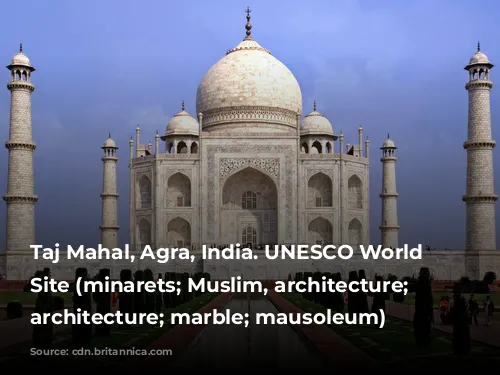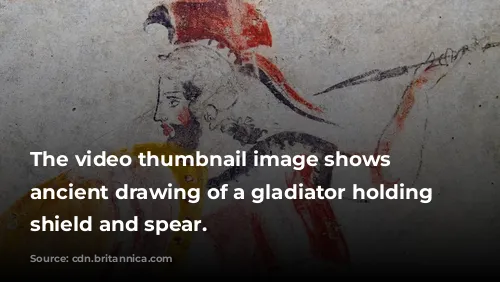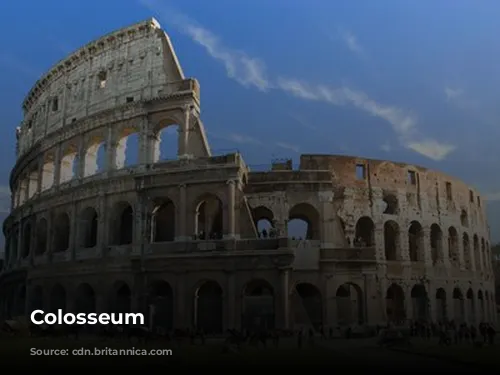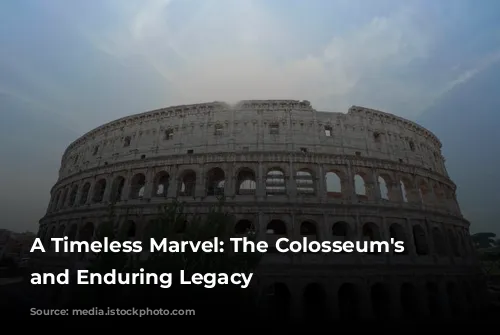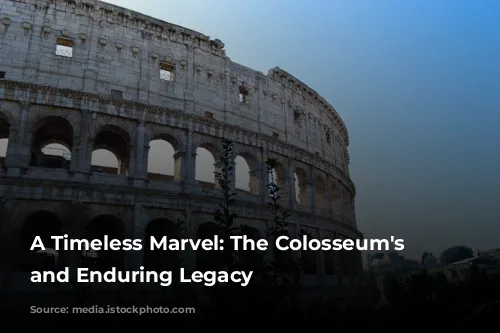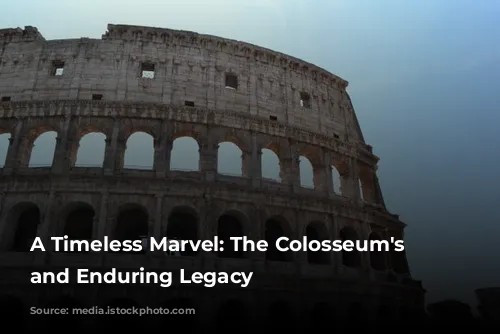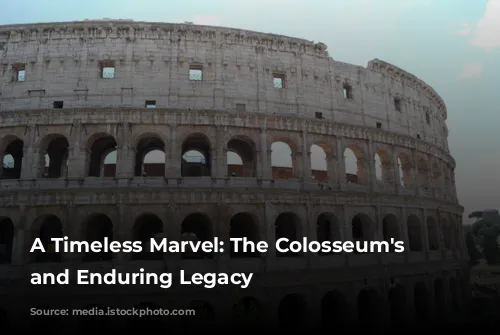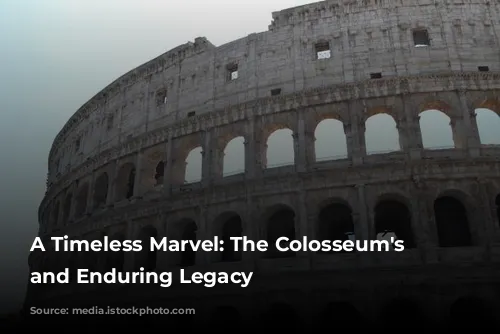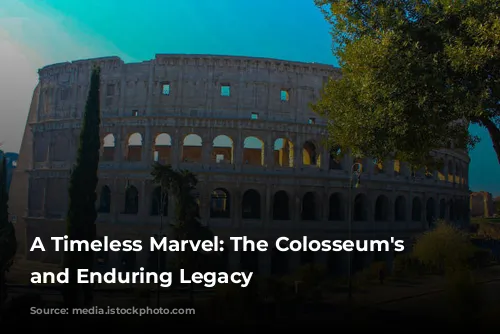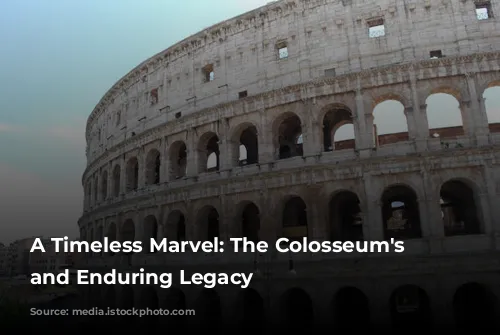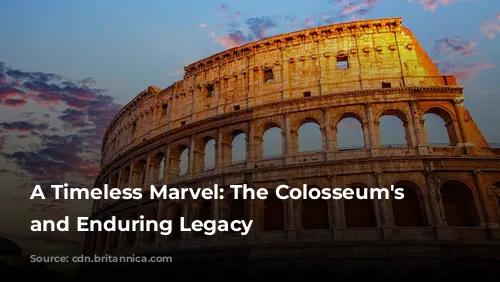The Colosseum, a testament to the Romans’ architectural brilliance, stands as one of the few remaining structures from the ancient empire that are mostly intact. It’s not only a breathtaking piece of history but also a key driver for Italy’s tourism industry. In 2018 alone, the Colosseum, the Roman Forum, and the Palatine Hill attracted millions of visitors, generating over $63.3 million (€53.8 million) in revenue, the highest among all Italian tourist attractions.
The Colosseum has faced numerous challenges throughout its history, from periods of neglect to repurposing as a fortress and a quarry. Following the fall of the Western Roman Empire, the structure fell into a state of serious disrepair. The 12th century saw the Frangipane and Annibaldi families transform the arena into their fortified stronghold. The late 15th century witnessed the Colosseum being used as a source of building materials under Pope Alexander VI’s authorization. After centuries of neglect, the Italian government launched restoration efforts in the 1990s.
A Legacy of Entertainment and Imperial Power
The Colosseum was built under the reign of the Flavian emperors as a monumental gesture to revitalize Rome following the tumultuous year known as “the year of the four emperors” in 69 CE. Like other amphitheaters, Emperor Vespasian envisioned the Colosseum as a hub for entertainment, hosting gladiatorial contests, animal hunts, and even staged naval battles.
Construction of the Colosseum commenced under Vespasian between 70 and 72 CE and was completed by his son and successor, Titus, who dedicated the structure in 80 CE. The fourth story was added by Emperor Domitian in 82 CE. Notably, the funds for the Colosseum’s construction came from the plunder of Jerusalem by Titus in 70 CE, and enslaved Jews from Judaea were employed in its building.
A Colossal Structure of Stone and Concrete
The Colosseum is an elliptical amphitheater, also known as the Flavian Amphitheatre, built with a blend of stone, concrete, and tuff. It stands four stories tall, measuring a massive 620 by 513 feet (189 by 156 meters) and capable of seating up to 50,000 spectators. The Colosseum was renowned for its use in gladiatorial combat.
Located just east of the Palatine Hill, the Colosseum was built on the site of Nero’s Golden House. The artificial lake, once the centerpiece of Nero’s opulent palace, was drained to make way for the amphitheater. This symbolic gesture marked Vespasian’s rejection of Nero’s tyranny and his commitment to providing a public space for the entertainment of the Roman people.
A Triumph of Engineering and Architectural Design
Unlike earlier amphitheaters, which were often built into hillsides for support, the Colosseum is a freestanding structure, showcasing the Romans’ mastery of stone and concrete. The arena boasts a complex system of barrel and groin vaults and is adorned with three levels of arcades framed by engaged columns in the Doric, Ionic, and Corinthian orders. This rising arrangement of columns laid the foundation for the Renaissance codification known as the assemblage of orders.
The Colosseum’s facade is primarily composed of travertine stone, while volcanic tufa forms the secondary walls. The inner bowl and arcade vaults are made of concrete. A massive retractable awning, called a velarium, protected spectators from the sun. The awning was supported by masts extending from corbels built into the top story of the Colosseum. Hundreds of Roman sailors were responsible for manipulating the rigging that extended and retracted the velarium.
A Witness to History’s Fates
The Colosseum witnessed countless gladiatorial contests, animal hunts, and even mock naval battles. While there is no conclusive evidence, the arena may have been the site of early Christian martyrdom.
During the Middle Ages, the Colosseum was repurposed as a church and later served as a fortress for prominent Roman families, the Frangipane and the Annibaldi. Over the centuries, the Colosseum suffered damage from lightning strikes, earthquakes, vandalism, and pollution. The marble seats and decorative elements were gradually stripped away, turning the once grand structure into a quarry for over 1,000 years.
The 19th century saw the start of serious preservation efforts, led by Pope Pius VIII, and a major restoration project was undertaken in the 1990s. Today, the Colosseum remains one of Rome’s most beloved tourist attractions, welcoming nearly seven million visitors annually. Regular exhibitions showcase the rich culture of ancient Rome, further enriching the visitor experience.
The Colosseum, a breathtaking monument to Roman engineering and architectural prowess, stands as a timeless testament to the empire’s grandeur. It continues to inspire awe and wonder in visitors from all over the world, offering a glimpse into the past that resonates with the present.
